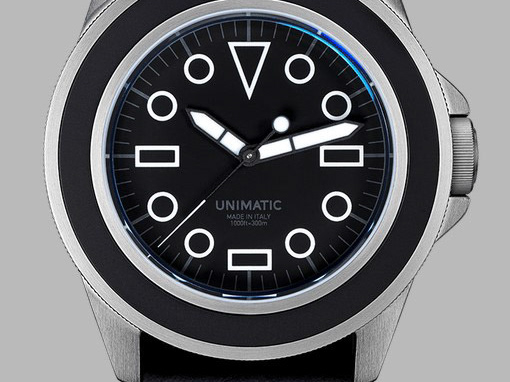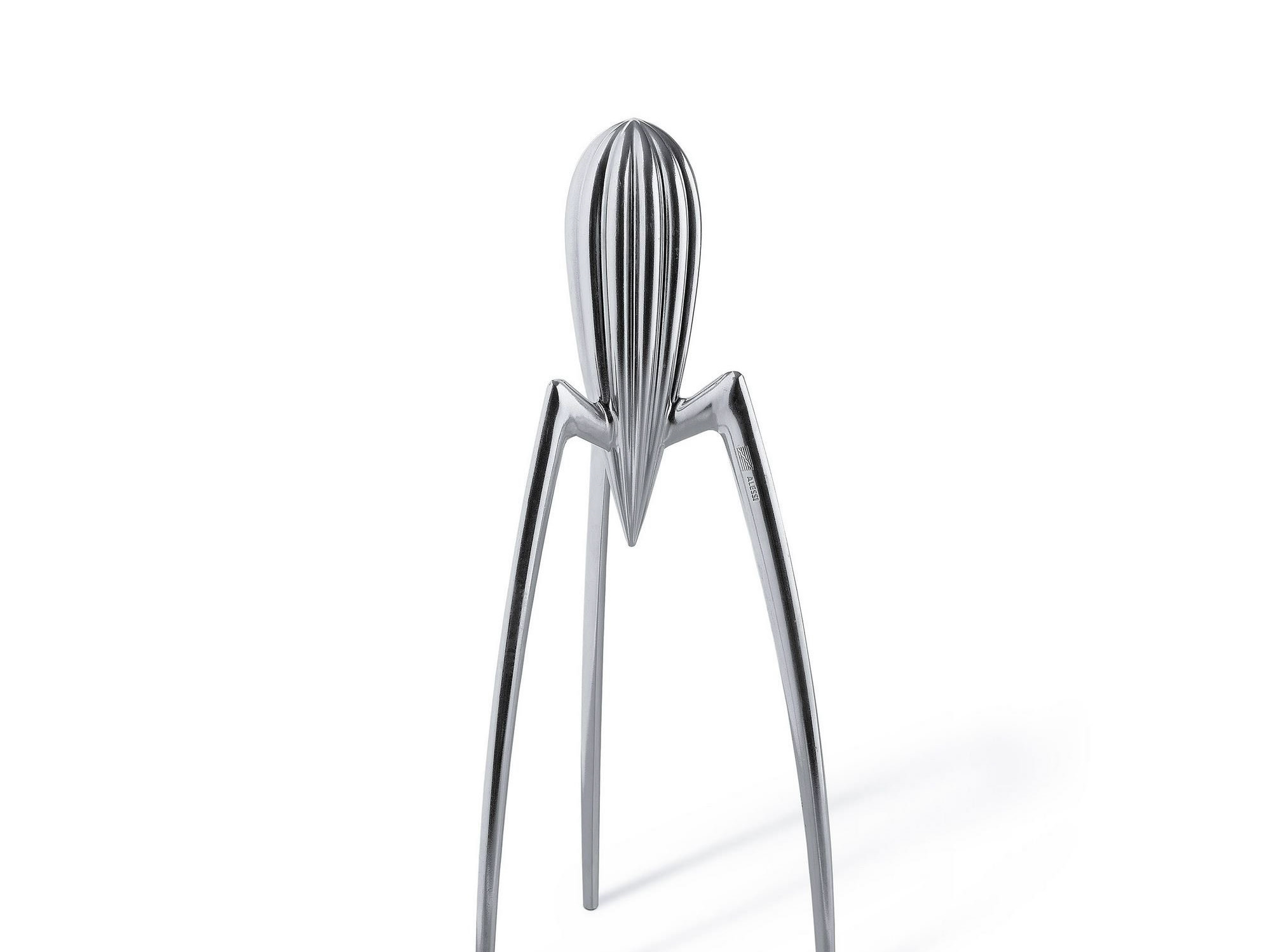Before getting into the specifics of any movement, be it political, artistic, or aesthetic, I'd like to discuss the essential qualities that any movement that hopes to achieve any relevant change (which is the implication of the word 'movement') must have at its core.
Of the Time
A defining characteristic of all authentic movements (including Modernity) is the embracing of the realities of the times, and leaving past practices behind when necessary. The materials, desires, manufacturing processes, and the problems of the times are all considered and used to inform the design of the resulting object.
This is the reason many architects of the early 20th century used glass, steel, and concrete. These materials, while not necessarily new, were able to be utilized in new unprecedented way due to the advent of associated manufacturing processes brought in by the second industrial revolution. Thus, a truly Modern product will also endeavor to be as of the time, in materials and manufacturing as possible.
An oft maligned development of Modern design was the jet-age inspired, and Raymond Loewy led, streamline style. Much critique of this phase begins with the wrong question: 'Who needs an aerodynamic pencil sharpener?'
Of course, the answer to this question is 'No one', however, the question completely misses the point and intent of the product. What this pencil sharpener (and other jet-age inspired streamline designs, as well as the tail fins pioneered by Harley Earl) does is expand the jurisdiction of experiencing the glamour and wonder brought in by jet travel. For further exploration of the role of experience in design, check out my post 'Experience'. Importantly, this is not done in a deceptively manipulative way, which allows it to remain authentic, as discussed below. Streamlining may have been the most direct and clear manifestation of being emotionally of the time to come out of the 1930s.
Authenticity
Authenticity, while tied to being of the times, extends to include an altogether less tangible and more encompassing a concept.
What makes anything authentic? A piece of art, an apology, a movement; all can be described as authentic or inauthentic. I think, in short, authentic is used similarly to 'genuine' and refers to a certain level of purity of action. A common phrasing would be to 'lose one's self' in the moment of creation. This can be conscious, or unconscious, man-made or natural in origin (though I would suggest that all of nature's creations are inherently authentic).
Authentic creation does not allow coincidence, nor is it present when approached in 'auto-pilot'.
This does not preclude automation or mechanical reproduction from existing in relation to authentic form creation. Instead, a machine's actions are inherently authentic, just as nature's creations are, because there is no opportunity for corruption of action. A machine cannot have intention, and thus cannot give the equivalent of an inauthentic apology.
Conclusion
So, how can one take this information and act upon it today?
Well, as seen through this post, that which makes a trully impactful movement is identical to that which makes an impactful design or action of any kind. Any impactful design or action will be of the times, however that may be applicable, and authentic in conception, creation, and, hopefully, use.
At the very least, this can hopefully serve to raise awareness of the inherent problems with trying to design for a time long past or a style not relevant in time, geography, economy, etc.
Further Reading
The Search for Form in Art and Architecture - Eliel Saarinen
Art as Experience - John Dewey
The Aesthetic Dimension - Herbert Marcuse









